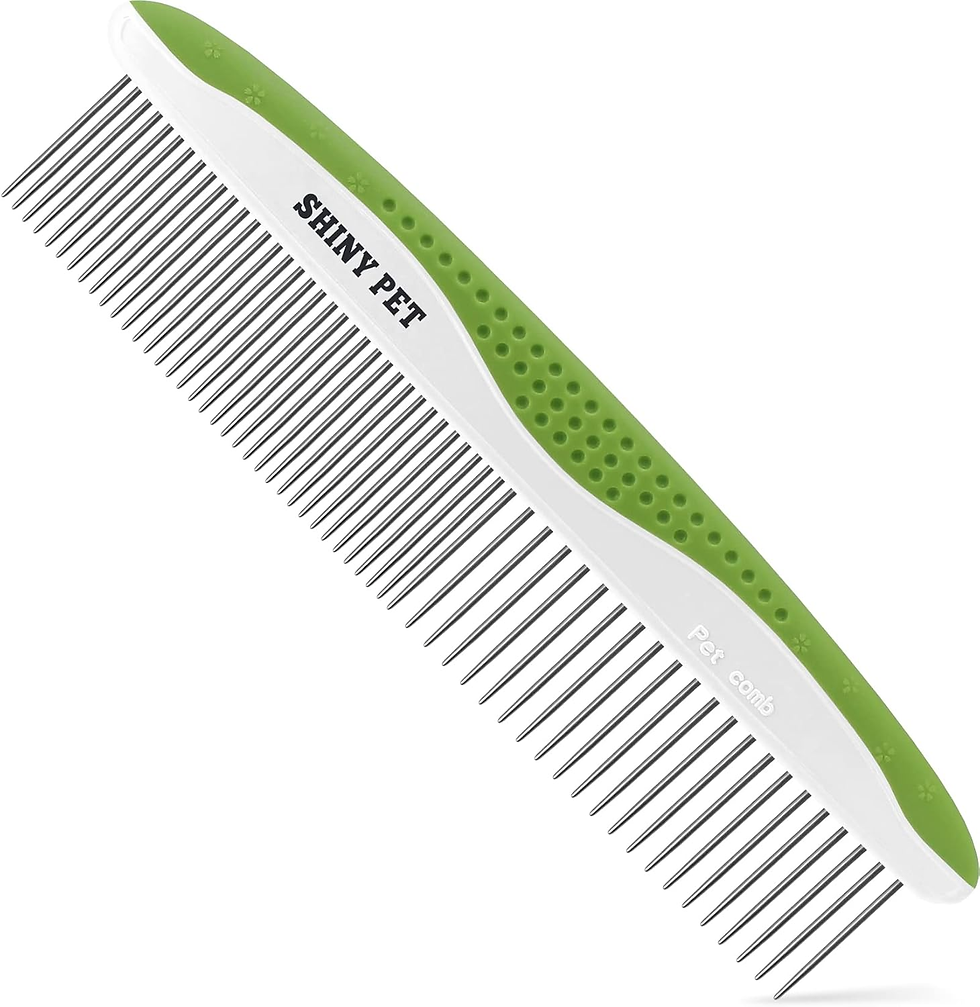Natural Baths
- Beth@felinitycatcare
- Mar 9, 2019
- 3 min read
When bathing a cat, we try to understand what makes cats unique. What considerations should we give cats that might be different from other pets that need grooming, such as dogs? Well, a few things to consider are that cats have unique noses, skin and fur.
The Cat Nose:
Cats have super sensitive noses (as do many dog breeds). We also have breeds, like the Persian cat, who have been bred to have a shorter snout, leading to a greater nasal sensitivity. Perfumed shampoos can be irritating to a cat’s sensitive nose, but they can also sometimes lead to some unwanted behaviors. Scented shampoos can sometimes interfere with a cat’s sense of smell. This can lead some cats to urinate outside of the litter box because they either can’t smell the box well, or in an attempt to make their environment smell like their own again.
The Cat Skin:
Another consideration that makes cats unique involves their skin. Cats have much thinner and generally drier skin than dogs do. Long haired cats have a slighter build and have especially loose and paper-like skin. Because of this, blow-drying a cat is not advisable. This can be uncomfortable to the cat’s delicate skin and the heat of a drier can stress the skin out and lead to an overproduction of oils in the long run. Too much oil can contribute to matting of the fur.
The Cat Fur:
Cats have a variety of fur. Some cats originate from colder places and even though they have short fur, it is very thick to allow them to be more water repellent and their under-coat traps their body heat to keep them warm. Some cats originate from warmer climates and their fur is thin and silky, to help them keep cool. All cats have fur that holds water very well. Places like the paws are particularly “spongy” to help them in bathing themselves.
Drying a Wet Cat:
So, if dryers are not recommended, how do we recommend drying cat fur after a bath?
First, warm up the room where the after-bath lounging will take place. Taking a room heater to their favorite grooming spot will make the cat feel welcome and warm and will also remove the humidity from the room’s air and this will facilitate quicker drying.
Second, once bathed, taking the time to wring out excess water from the fur really expedites drying time. The paws will retain an alarming amount of water after a bath. Gently wring out the paws, tail and belly skirt after the water has been turned off. Have some thick towels that are warm, fresh from the dryer, ready to swaddle your cat after a bath. Don’t put them down on the floor right away. Instead, hold the cat in a swaddle of warm blankets and gently rub their fur, squeezing the “spongy parts” to absorb the excess water.
Then, just turn them loose in the pre-warmed room to do what comes naturally. Cats will lick their fur and suck all the rest of the water out for themselves, just as they would if they were caught in the rain outdoors.
Once they are dry…Brush, Brush, Brush:
Your cat will be dry either later in the day or the next day, depending on the thickness of their fur and at what time of day the bath happened. Do not brush the fur if it is wet or even partially wet. Brushing wet fur will pull at the skin and hurt. Once you have hurt a cat with brushing, they will not readily trust that brushing will not hurt them each time. So, it’s worth waiting to be sure that they are truly dry.
Once the fur is fully dried, a thorough brushing is highly recommended, even for short haired cats. You’ll be amazed at how much hair you can comb out after a bath. For long haired cats, this is exactly why regular bathing is recommended. Next day brushing will help to reduce matts, hairballs and overall shedding by removing the loose, excess fur. Brushing your cat on a regular basis will help all of these conditions going forward. Cats with very short and slick fur may not need to be brushed every day, like a long-haired cat might, but even brushing once a week helps your cat year round. Regular brushing can help to prevent hairballs or at least keep hairballs at a minimum during shedding season. Regular brushing during the summer months cools your cat by removing excess fur that can trap heat. Brushing in the winter will stimulate the skin to produce protective oils to prevent the dandruff that can often occur through the cold winter months due to environmental heating.




Comments